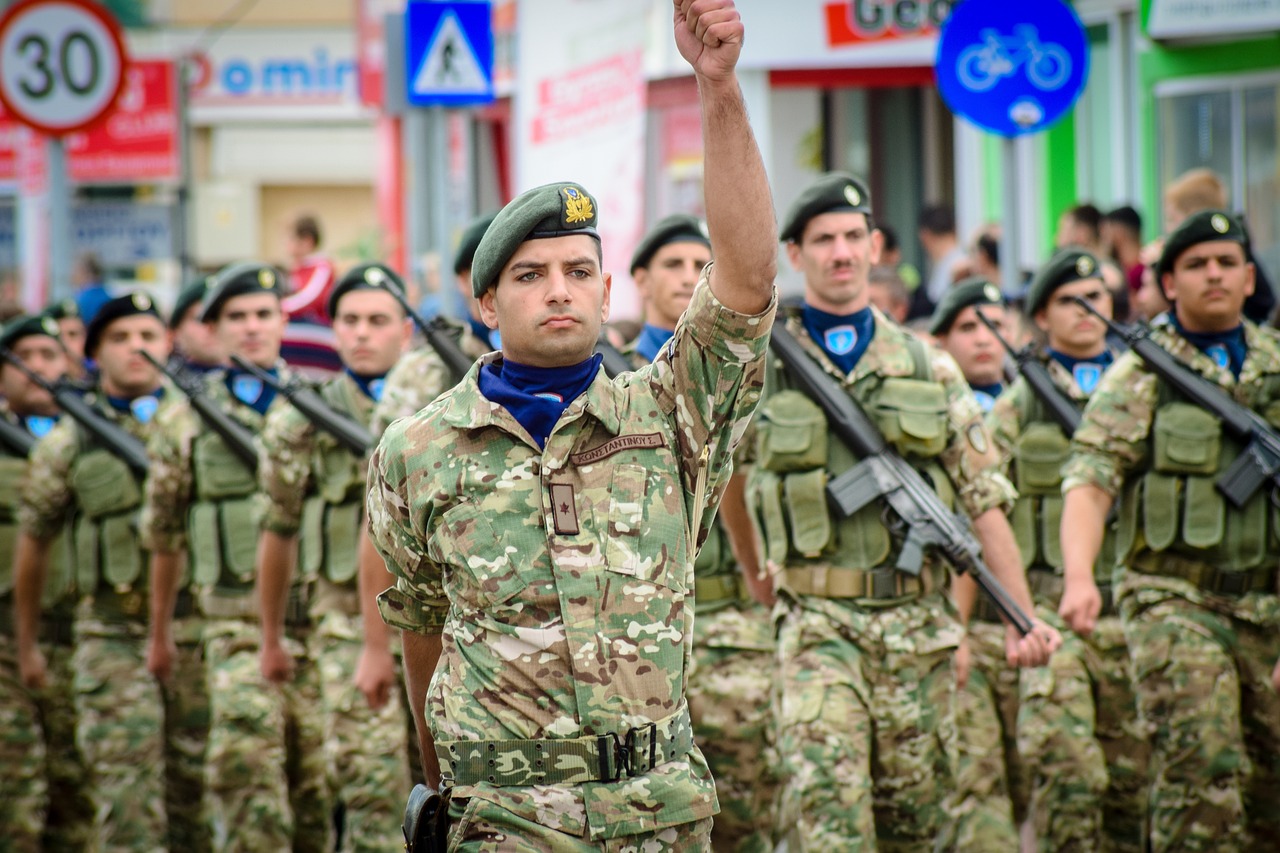
German WW1 Uniforms: History, Design, and Evolution of Imperial German Military Attire
Published on Feb 22, 2025
German WW1 Uniforms: History and Evolution of Imperial German Military Attire
Introduction
The German uniforms of World War 1 (1914–1918) were a defining feature of the Imperial German Army. Known for their distinctive field gray (Feldgrau) tunics and iconic Pickelhaube helmets, these uniforms underwent several changes throughout the war. From early ceremonial designs to practical wartime adaptations, the German WW1 uniform reflects tradition and necessity. This article explores the history, design, and evolution of German WW1 uniforms, helping collectors, historians, and enthusiasts understand their significance.
1. The Early German WW1 Uniform (1914-1915)
Field Gray (Feldgrau) and the End of Colorful Attire
Before WW1, many European armies, including Germany, featured colorful uniforms. However, the German Army adopted Feldgrau in 1910, anticipating the need for camouflage in modern warfare. This gray-green shade became the standard for all German military attire.
The Pickelhaube: The Iconic Spiked Helmet
One of the most recognizable pieces of the early WW1 German uniform was the Pickelhaube (spiked helmet). Made of leather and featuring a brass spike, it was originally designed to deflect cavalry saber strikes. However, its practical value diminished with trench warfare.
M1907/10 Tunic
- High-collared tunic made of wool
- Eight-button front
- Red piping (pre-war influence)
- Worn with matching trousers and black leather boots
Despite its distinctive look, the early uniform had vulnerabilities. The leather Pickelhaube was ineffective against shrapnel, and the wool tunic lacked proper insulation for extreme conditions.
2. Mid-War Changes (1915-1916): Practical Adaptations
Steel Helmets Replace the Pickelhaube
By 1916, the German Army realized the Pickelhaube was unsuitable for modern warfare. It was replaced by the Stahlhelm M16, a steel helmet offering far better protection from bullets and shrapnel.
M1915 Bluse: The Simplified Tunic
To cut costs and improve efficiency, Germany introduced the M1915 Bluse, which featured:
- A looser fit for better mobility
- Simplified buttons and cuffs
- A stand-and-fall collar (instead of a stiff, high collar)
- Shoulder straps for rank insignia
This uniform change helped soldiers adapt to the realities of trench warfare while maintaining a professional appearance.
3. Late-War German WW1 Uniform (1917-1918): Function Over Form
M1917 & M1918 Stahlhelm
The M1917 and M1918 Stahlhelm improved upon the M16 model, featuring:
- Better chinstrap systems
- Modified ear cutouts for communication
- Improved liner for comfort
This helmet design influenced later German military headgear, including those used in World War 2.
Simplified Clothing for Mass Production
With Germany facing economic hardships, uniforms were further simplified. The M1917 tunic had fewer decorative elements, and many soldiers received cloth puttees instead of leather boots due to material shortages.
4. Insignia, Rank, and Branch Distinctions
Epaulettes and Shoulder Straps
- Infantry wore red piping
- Cavalry had yellow or white accents
- Artillery used red trim
Cockades and Collar Tabs
- The Prussian Army wore a black-and-white cockade
- Bavarian troops had a blue-and-white version
- Collar tabs indicated rank and regiment
5. Legacy and Influence of German WW1 Uniforms
The impact of WWI uniforms extended beyond 1918. The German Wehrmacht of WW2 retained elements of the Feldgrau color, and the Stahlhelm became a symbol of German military design. Collectors and reenactors today value these uniforms for their historical significance and craftsmanship.
Conclusion
The uniforms of the Imperial German Army during WW1 tell a fascinating story of tradition, adaptation, and survival. From the early ceremonial Pickelhaube and M1907 tunic to the functional M1916 Stahlhelm and late-war Bluse, each piece reflects the challenges faced by German soldiers. Whether you're a collector, historian, or enthusiast, understanding these uniforms provides valuable insights into the evolution of military attire during one of history's most significant conflicts.
Meta Title: German WW1 Uniforms: A Complete Guide to Imperial German Military Attire
Meta Description: Discover the history, design, and evolution of German WW1 uniforms. Learn about the iconic field gray tunic, Pickelhaube, and how the uniform changed during the Great War.
Meta Keywords: German WW1 uniforms, WW1 German military uniforms, Imperial German Army uniforms, Pickelhaube helmet, WW1 field gray uniform
